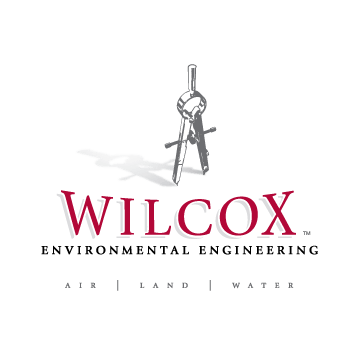Wilcox performed soil and groundwater remediation at this VRP site in north-central Indiana. The manufacturing facility site comprises a 27-acre project area within a larger industrial property. Contaminants identified at the site are chlorinated solvent constituents and associated degradation compounds in soil and groundwater. Concentrations of several constituents exceed Indiana’s industrial screening levels. Wilcox is helping the client to obtain a Certificate of Completion from the Indiana Department of Environmental Management (IDEM) and a Covenant Not to Sue from the governor’s office required for site closure.
The project required characterizing the extent of chlorinated compounds in soil and groundwater on and off site, characterizing the stratigraphy and physical/chemical properties of the highly permeable glaciofluvial aquifer beneath the site, developing a detailed conceptual site model, and assessing potential risks from vapor intrusion into the manufacturing facility. Work inside the facility building was closely coordinated with facility management and union representatives to minimize disruption to active manufacturing operations.
Most of the contaminant mass occurs in soil and groundwater beneath the facility building, which required extensive soil sampling and well installation through the building’s interior floor. Contamination also extends as deep as 60 feet into the aquifer. The chemical impacts on the groundwater of a wastewater treatment pond that formerly existed on the site were also considered when selecting the appropriate remediation strategy.
Over a hundred soil samples from more than 60 borings were analyzed, and over 40 monitoring wells were installed and sampled. The plume of solvent-impacted groundwater has migrated onto adjacent properties, which required negotiations and access agreements with owners of these properties during the site characterization investigation. The remedies selected for the site were in-situ chemical oxidation (ISCO) for the source area VOC mass beneath the facility building and in-situ chemical reduction (ISCR) and enhanced bioremediation for downgradient parts of the groundwater plume.
These methods will be combined with institutional controls as an overall risk management strategy. We are now conducting post-remediation groundwater monitoring and will be performing a closure feasibility study based on managing exposure risk via a groundwater plume behavior analysis.
